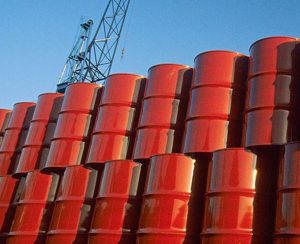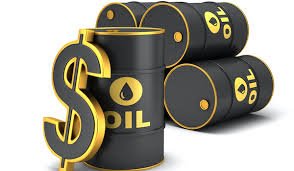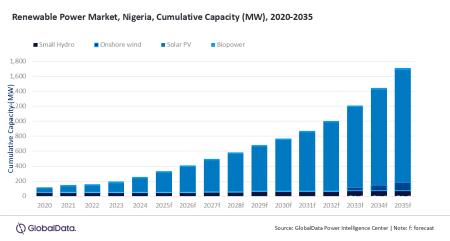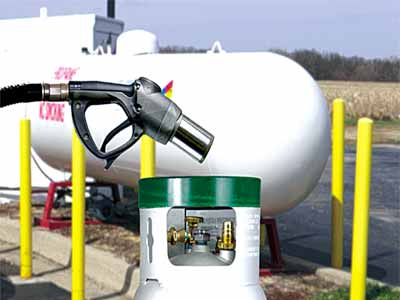
OpeOluwani Akintayo
24 January 2019, Sweetcrude, Lagos — Nigerian crude oil grades, Bonny Light and Qua Iboe, were offered at their highest levels in almost a year last week, loading schedules and reports from traders have shown.
Cheaper freight rates and shorter supply of competing grades such as Libya’s light, sweet crude were cited as reasons behind the rise in prices.
Libyan crude was under force majeure due to the closure of the country’s Sharara oilfield briefly in December. Also, the Organization of the Petroleum Exporting Countries, OPEC’s, cut deals have reduced Libya’s output.
Bonny Light and Qua Iboe are Nigeria’s major grades and were offered as high as $2 a barrel above dated Brent – the highest since March last year.
However, traders’ reports showed that export of Qua Iboe would likely drop to 215,000 barrels per day, bpd, in March, from 238,000bpd in February.
There are still about 15 cargoes left for sale from the February Nigerian programmes, but, most major grades were said to have been sold, a report by Reuters had said earlier this month.
As Nigeria enjoys more sale of its crude grades and at higher prices, the country stands a better chance of meeting up with funding of its N8.83 trillion 2019 national budget.
The country had set a benchmark of $60 per barrel oil price and a target of between 2.2-2.3 million barrels per day production in the budget.
International oil benchmark, Brent, hovered around $61.98 per barrel while the United States’ West Texas Intermediate crude sold at $52.91 per barrel and OPEC’s daily basket price was at $59.63 per barrel last week.
Oil industry watchers differed on the prospect of oil prices this year, with some projecting that prices would average $70 per barrel and others saying prices would be below the figure.
Multinational banking and financial services companies, United States’ Morgan Stanley and Britain’s Standard Chartered voted for $78 per barrel price. Citibank went for the lower end – $59.50 per barrel.
Oil analysts, including banks, surveyed by Bloomberg reckoned on a rebound in prices as fears of a recession prove misplaced.
The Brent crude will average $70 a barrel in the year, almost a third higher than its price towards the last week of December 2018, the Bloomberg survey of oil analysts showed.
According to Reuters poll, however, crude oil prices look likely to trade below $70 per barrel in the year as oversupply and faltering growth weigh on prices.
Specifically, it said, surplus production, much of it from the United States, and slowing economic growth are expected to undermine OPEC-led efforts to shore up the market.
The Reuters’ survey of 32 economists and analysts forecast the Brent crude will average $69.13 per barrel in 2019.



